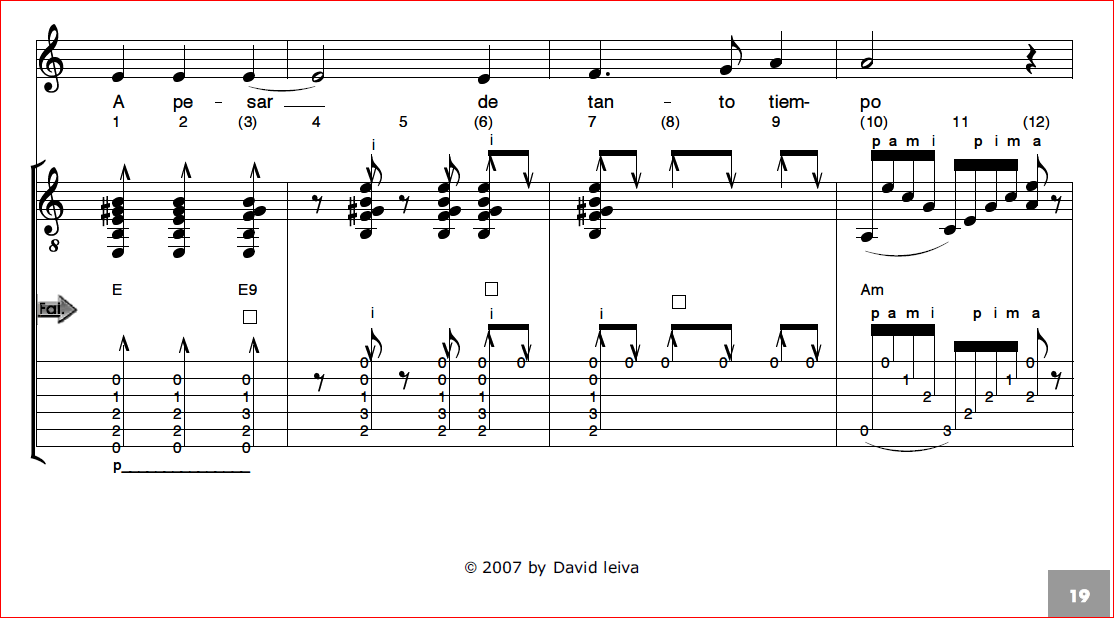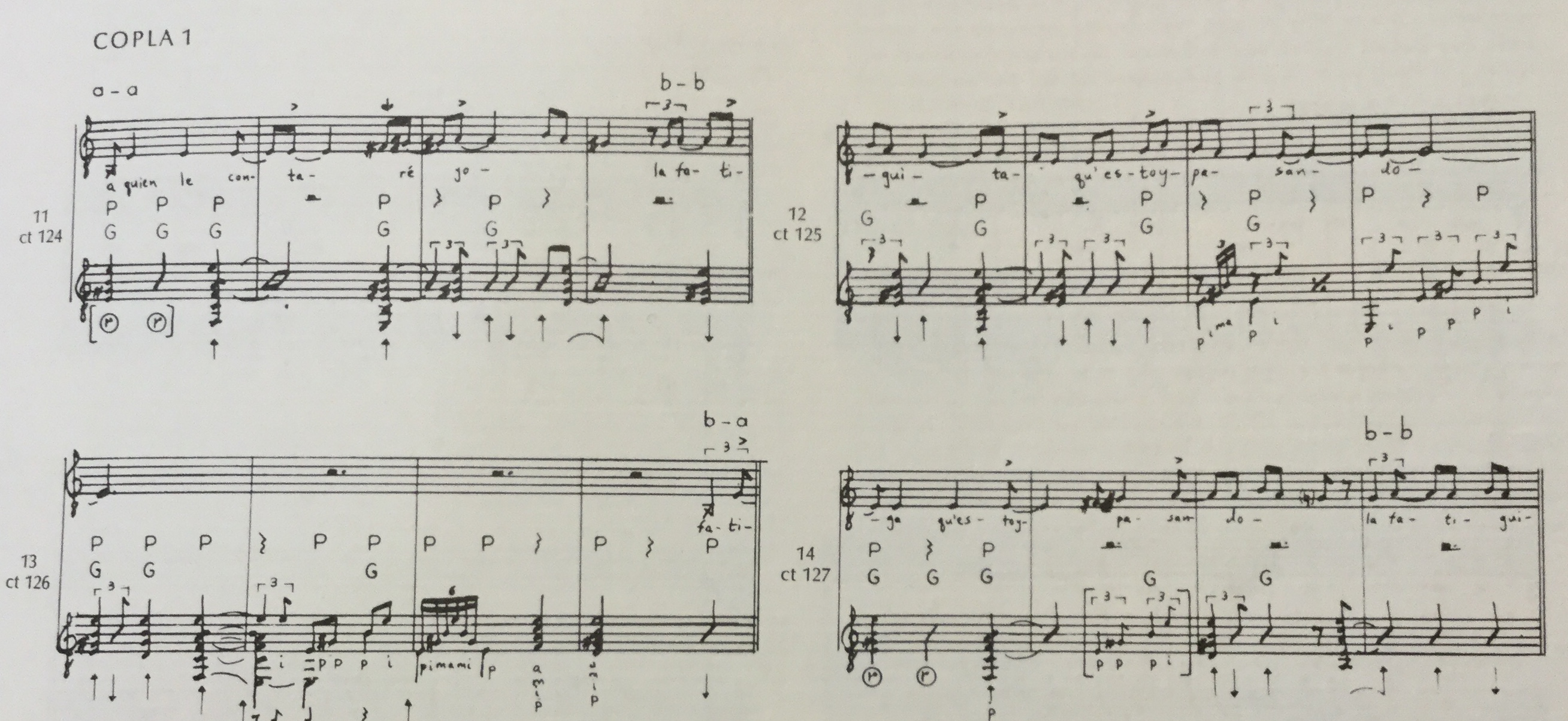|
Ricardo -> RE: staff notations of cante types? (Oct. 2 2018 11:28:24)
|
quote:
ORIGINAL: Steelhead
Estimated (estimados) flamenco experts -- While there are hundreds of transcriptions of guitar falsetas around, I am finding very few staff notations of cante, such as could visually illustrate and specify, e.g., the malagueña de Mellizo, those of Chacon, the soleás de Alcalá, the granaina vs media granaina etc etc. For some of us such notations could be very useful. Is there some publication or site that I am unaware of? In my 3-4 dozen books on flamenco (including, e.g., Molina & Mairena) there is almost nothing of this sort.
I saw one guitar review article that had solea cante and guitar in score form. By Carol Whitney from the 1970’s. You see it takes a special knowledge of both systems to do this correctly and I find that to be quite rare. Considering the volumes written by Flamenco “experts” on cante, I find the absense of scores with cante melodies ridiculous. I am tempted to do some of the cantes you describe for comparison myself. Finding time to do it is another story.
Out of curiosity, if I where to take on such a project in near future, what would be more useful? The melody scored in absolute key as it sounds on recording (as if you could play the melody on piano along with audio recording), or, the melody scored in the key the guitar is playing in with or without capo? Or is it necessary to see both?
|
|
|
|


